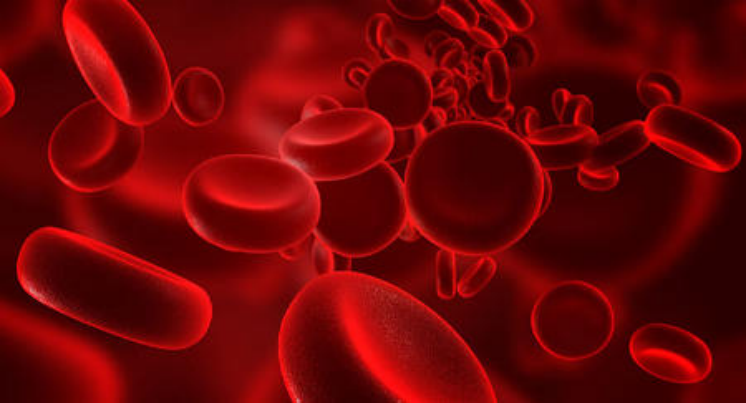Highly-bound drug candidates present unique challenges for DMPK teams. Strong protein binding affects free drug levels, distribution, and therapeutic effect. Small shifts in binding can significantly change exposure, making accurate measurement essential. Understanding these challenges helps developers interpret PPB results correctly and design safer, more predictable drug candidates. A clear strategy ensures reliable data throughout discovery and development.

Highly-bound drugs typically possess hydrophobic regions, aromatic structures, and functional groups that interact strongly with plasma proteins. These features promote tight binding to albumin, α1-acid glycoprotein, or lipoproteins. High affinity often results in very low free fractions, making small changes in protein levels or competing ligands impactful. Recognizing these structural traits helps scientists anticipate binding behavior during screening.
Protein concentration, genetic variation, disease state, and inflammation influence binding levels. Albumin decreases in liver disease or malnutrition, while α1-acid glycoprotein increases during inflammation. These shifts change binding capacity and free drug exposure. Age, renal impairment, and comorbidities also alter binding dynamics. Understanding these variations helps developers predict patient-specific responses and design dosing strategies that account for biological fluctuations.
Strong plasma protein binding restricts tissue penetration and slows clearance. Only the unbound fraction can cross membranes or interact with targets. Highly-bound drugs may show long half-lives, delayed onset, or heightened sensitivity to protein-level changes. These PK characteristics shape dose requirements and therapeutic windows. Recognizing how binding influences exposure helps teams optimize development and manage clinical variability.
Maintaining true binding equilibrium is difficult for drugs with extremely high affinity. Even minor temperature shifts, container effects, or agitation can disrupt equilibrium. Slow dissociation rates require long incubation times, increasing assay variability. Ensuring stable conditions is essential to prevent artificial shifts in free fraction. These challenges make careful experimental design critical when evaluating highly-bound compounds.
Equilibrium dialysis and ultrafiltration are widely used, but both face limitations with highly-bound drugs. Dialysis requires long equilibration times and may suffer from nonspecific binding. Ultrafiltration can distort free fraction due to membrane interactions or pressure effects. Each method must be optimized to avoid artifacts. Understanding technique-specific limitations helps analysts choose the best approach for accurate results.
Highly-bound drugs often adhere to assay materials, filters, or containers, creating nonspecific binding that distorts measurements. Matrix components may compete for proteins, shifting free fraction values. Lipids, metabolites, or degraded proteins also interfere with assays. Controlling these variables reduces bias and ensures measured binding reflects true biological behavior rather than experimental artifacts introduced during analysis.

Small changes in binding can produce large differences in free drug levels for highly-bound compounds. These shifts influence exposure, therapeutic effect, and toxicity risk. Understanding PPB dynamics helps developers choose appropriate dose ranges and predict clinical responses. Accurate binding data supports effective PK modeling and helps ensure safe, consistent drug exposure across patient populations.
Highly-bound drugs have extremely low unbound fractions, so small experimental errors can greatly distort results. Clinical variability in protein levels further complicates interpretation. Developers must determine whether changes in free fraction reflect real biology or analytical noise. Clear interpretation helps avoid misjudging efficacy, safety, or target engagement and strengthens clinical decision-making throughout development.
Protein levels and binding patterns differ among species, affecting PK scaling and cross-species comparisons. Albumin and AAG concentrations vary widely, altering free fraction predictions. Developers must consider these differences when interpreting animal data and predicting human outcomes. Adjusting models for species-specific protein profiles ensures more reliable translation from preclinical to clinical development stages.
Careful control of temperature, pH, incubation time, and drug concentration helps maintain true equilibrium. Selecting low-binding materials, validating membranes, and optimizing buffer composition reduce experimental artifacts. Thoughtful assay design ensures results reflect biological binding rather than procedural errors. Optimization is essential for accurately characterizing highly-bound drugs with sensitive PPB profiles.
Using more than one PPB technique improves confidence in measurements. Comparing equilibrium dialysis, ultrafiltration, and high-throughput screening results helps identify method-specific biases. Cross-validation highlights inconsistencies and supports more reliable conclusions. This multi-method approach strengthens PPB characterization and reduces uncertainty for challenging compounds with high protein affinity.
PK/PD and mechanistic models help interpret PPB data, predict clinical impacts, and simulate exposure under variable conditions. Modeling supports risk assessment by estimating how changes in binding affect efficacy or toxicity. Incorporating computational tools alongside experimental results gives developers a clearer understanding of binding-related risks and improves strategic decision-making across development.
Highly-bound drug candidates present complex protein-binding challenges that influence PK, safety, and therapeutic performance. Accurate PPB assessment requires optimized assays, including a well-designed plasma protein binding assay, careful interpretation, and strong modeling support. By understanding binding behavior and addressing analytical limitations, developers reduce uncertainty and improve decision-making. A thoughtful strategy ensures reliable data, supports dose planning, and strengthens the overall success of drug development programs.